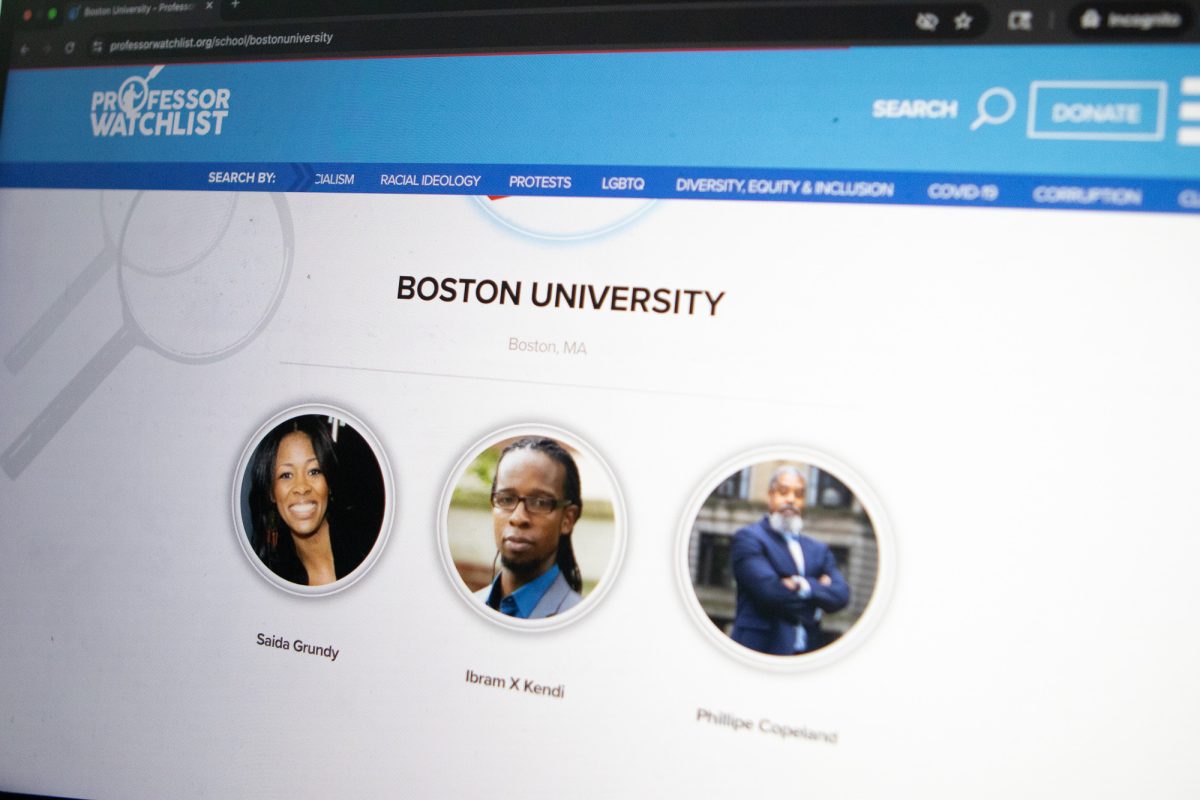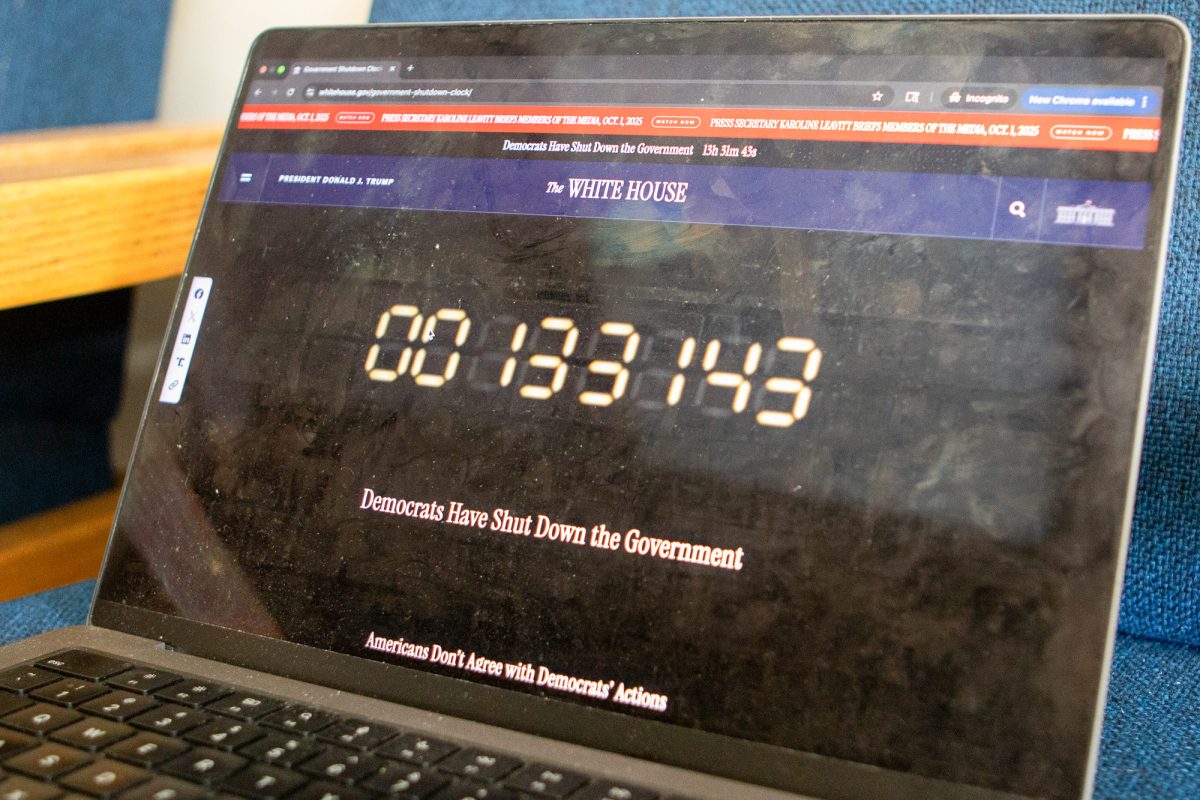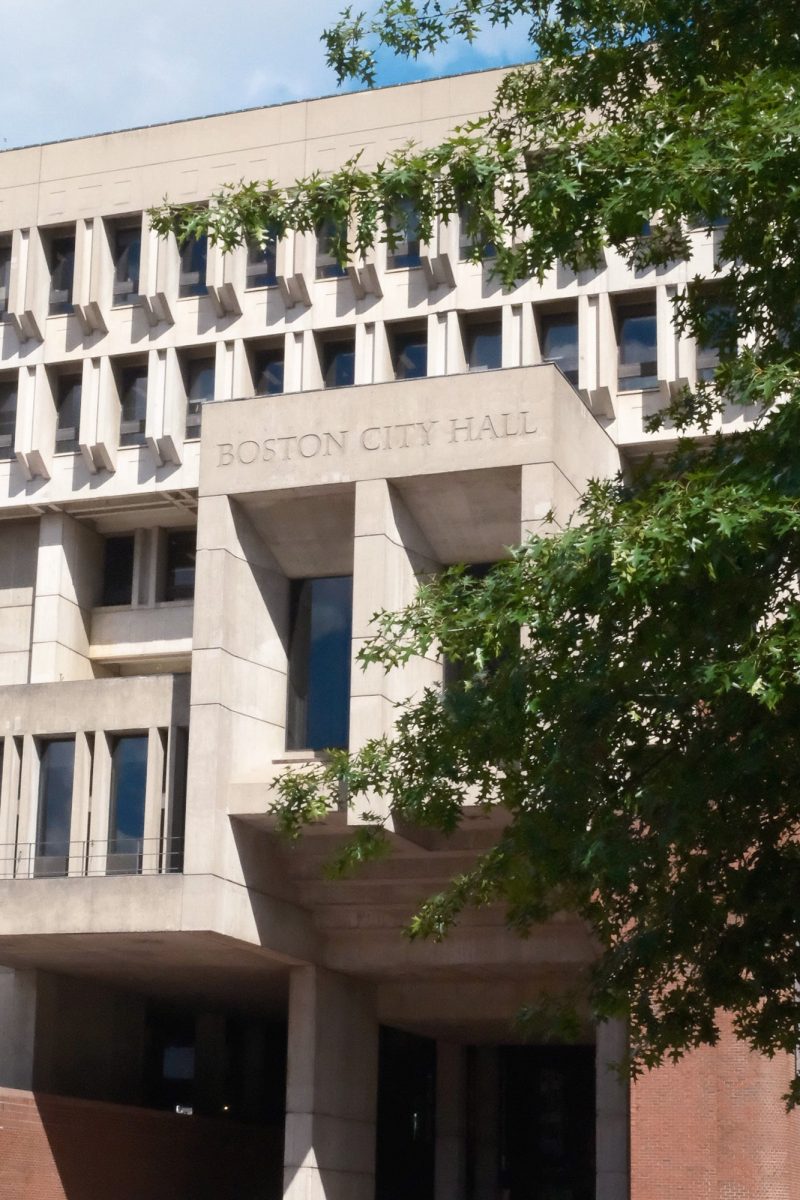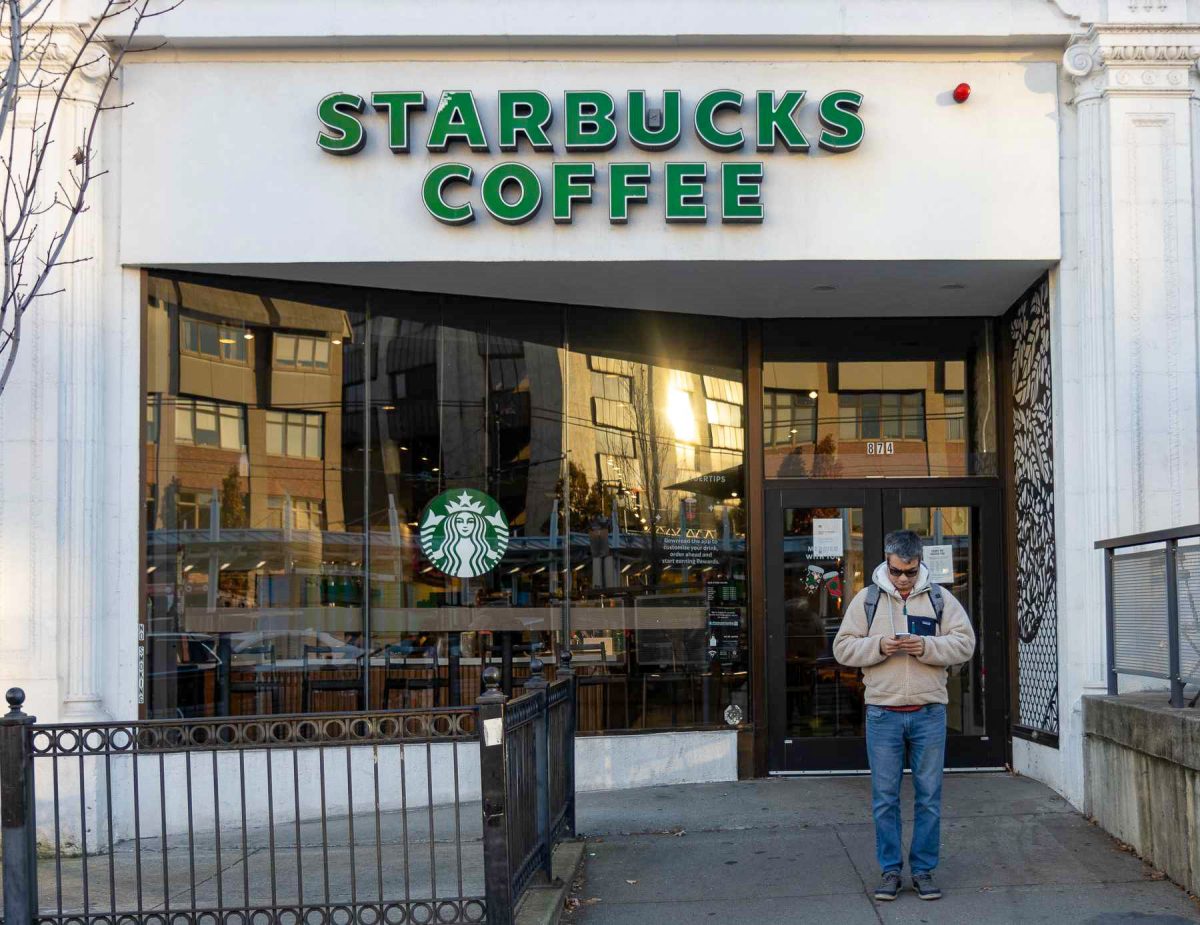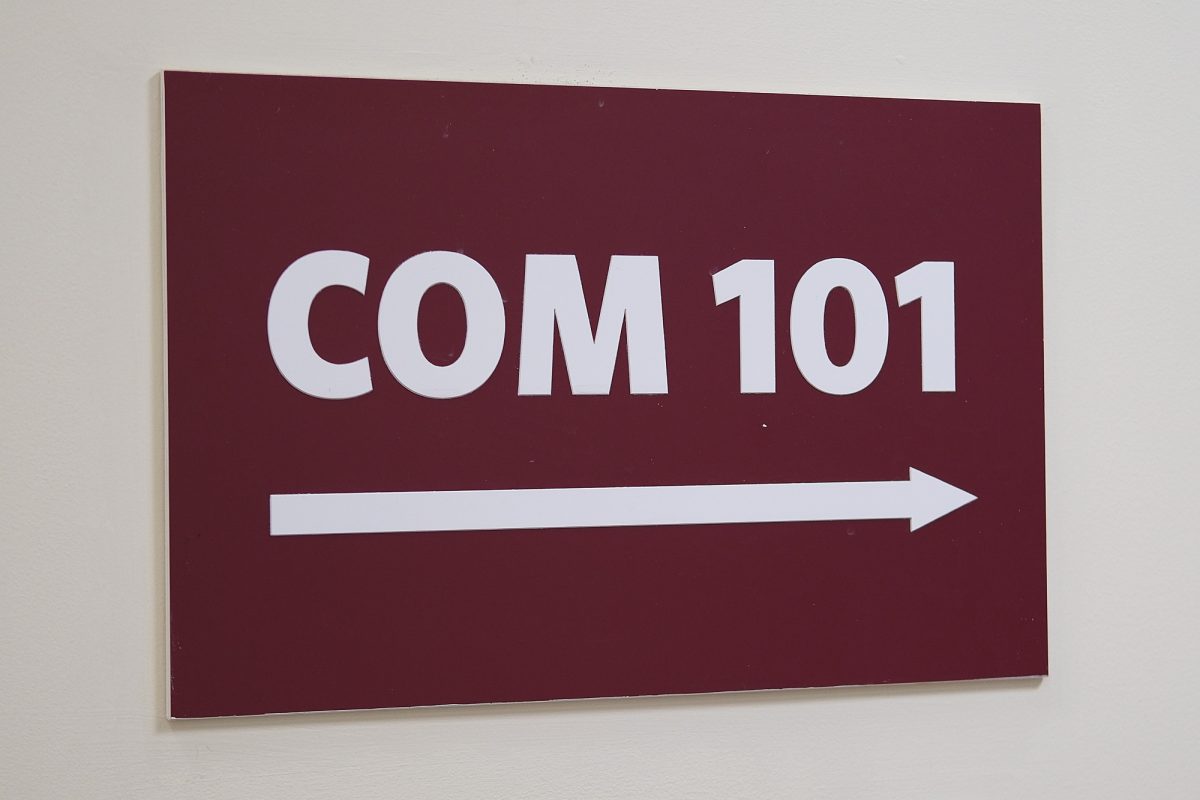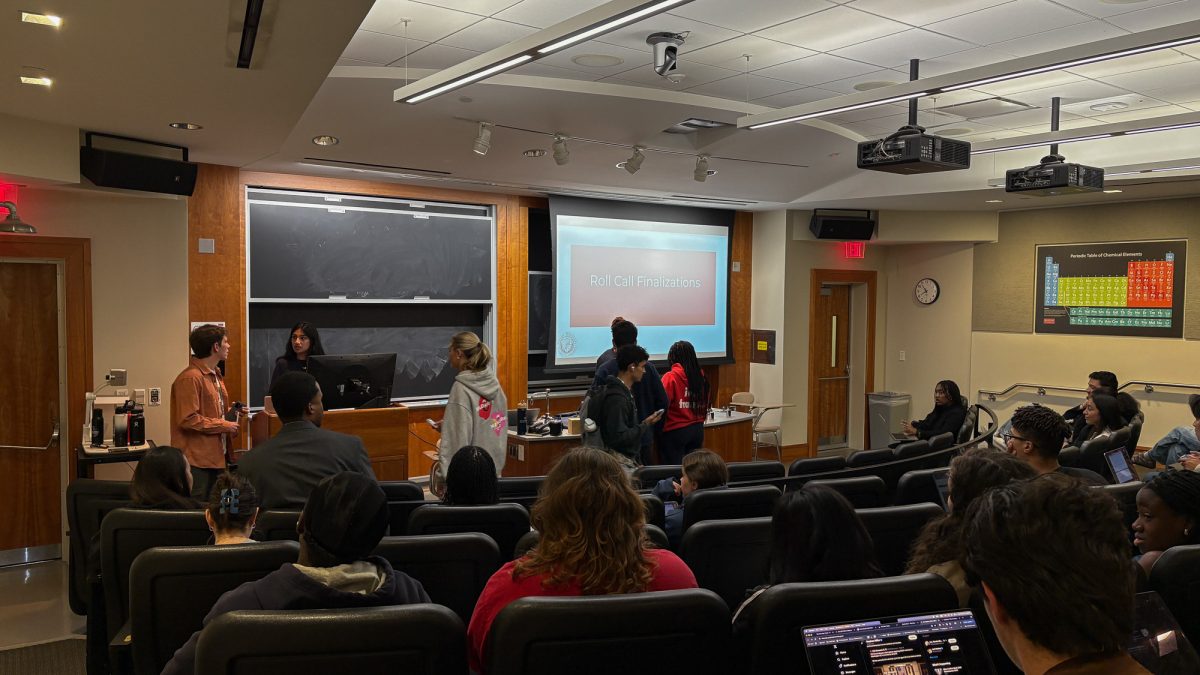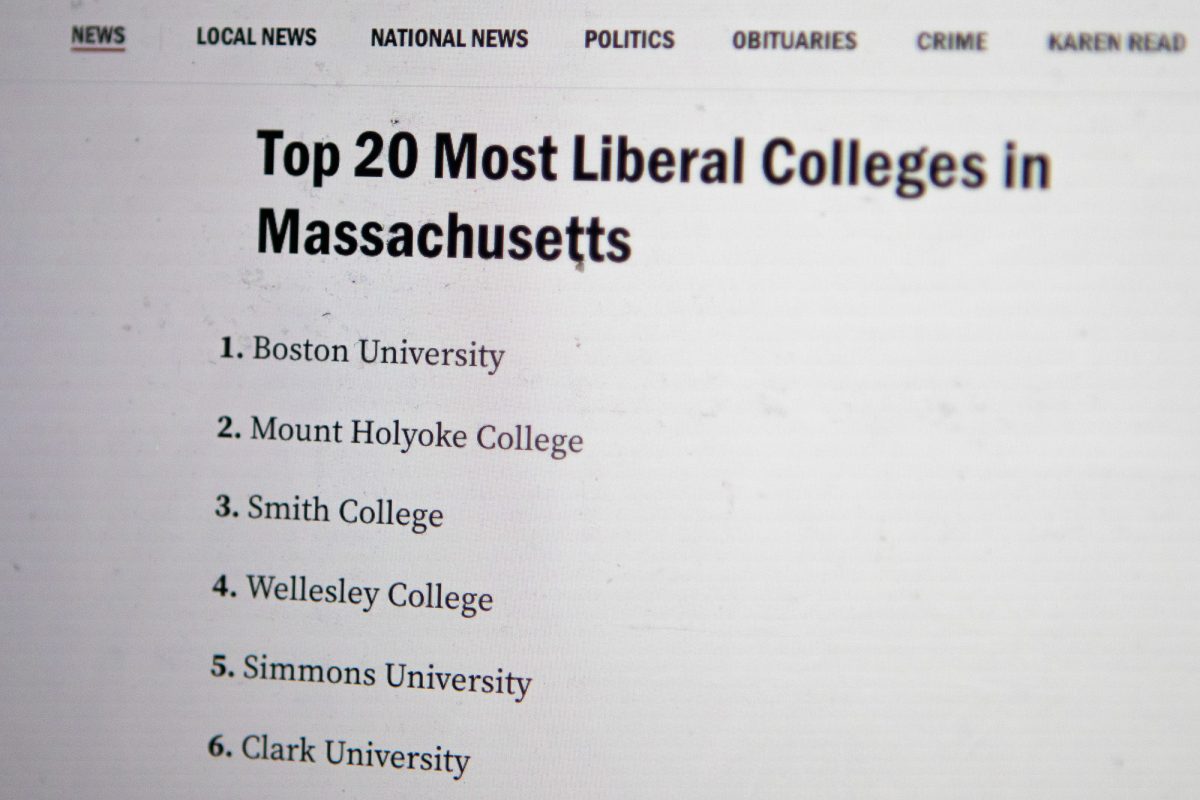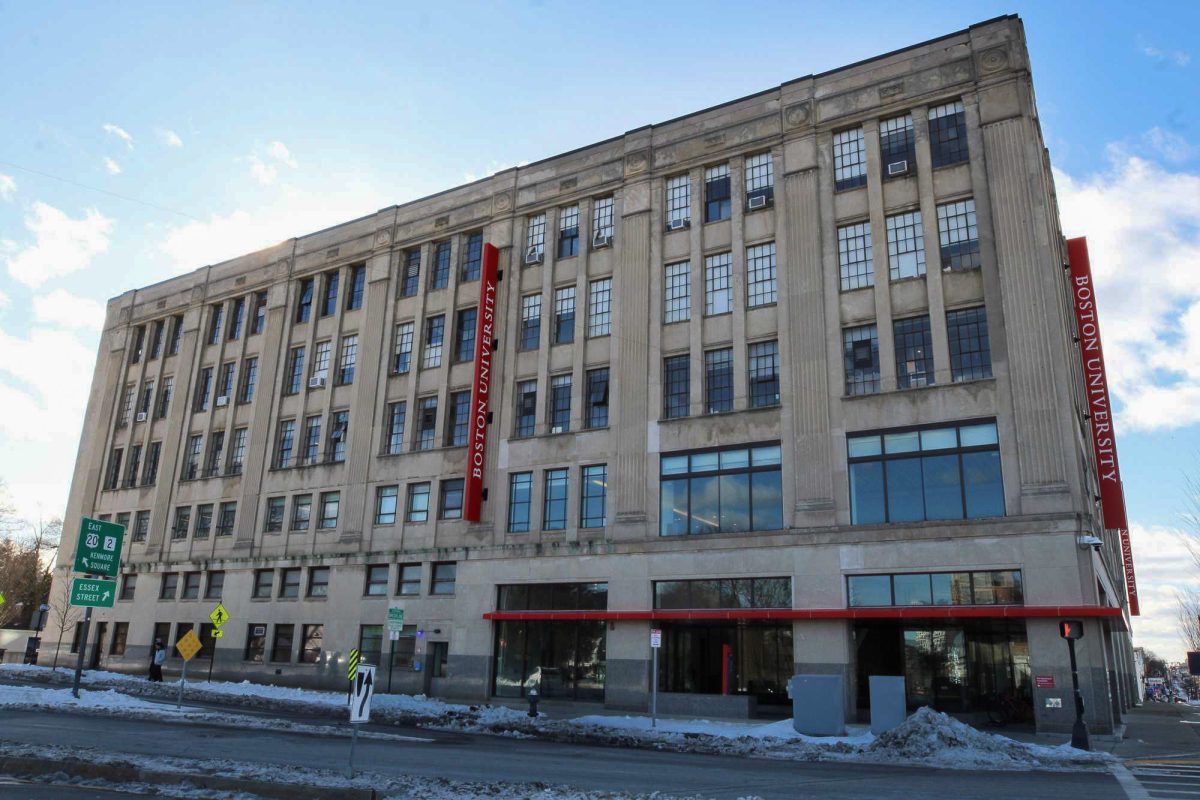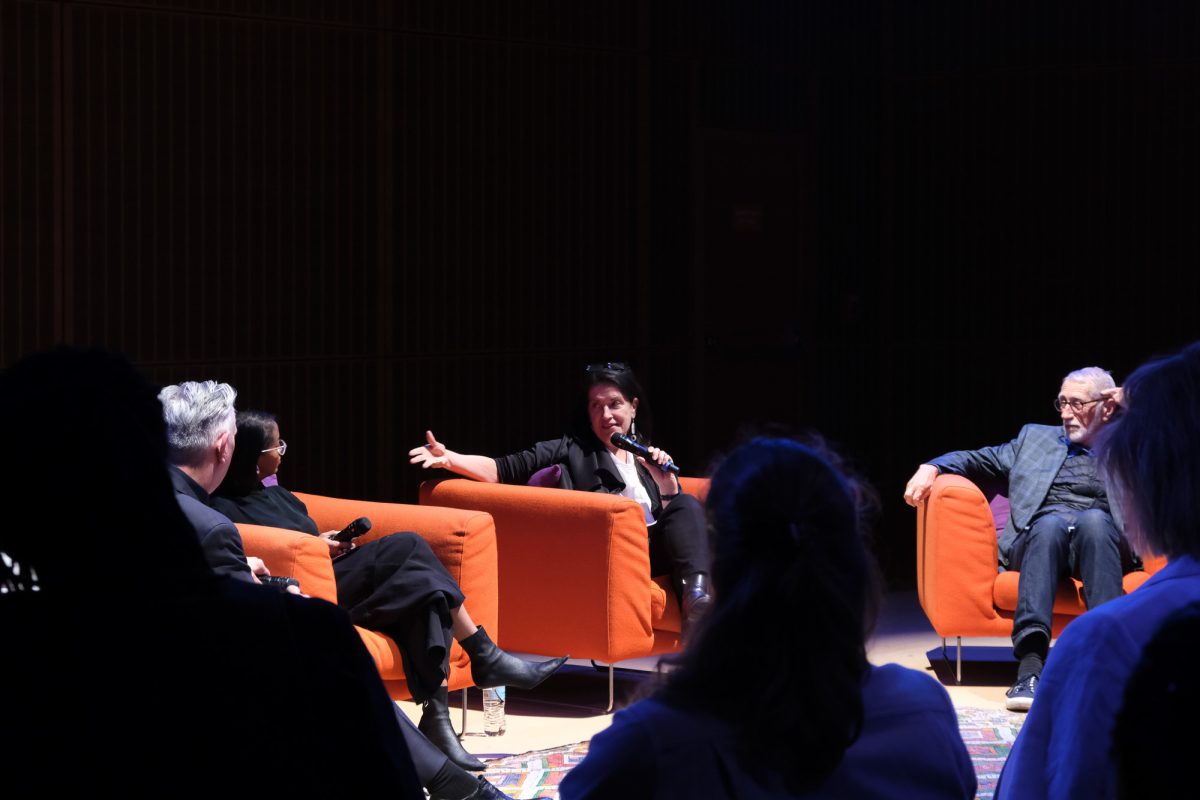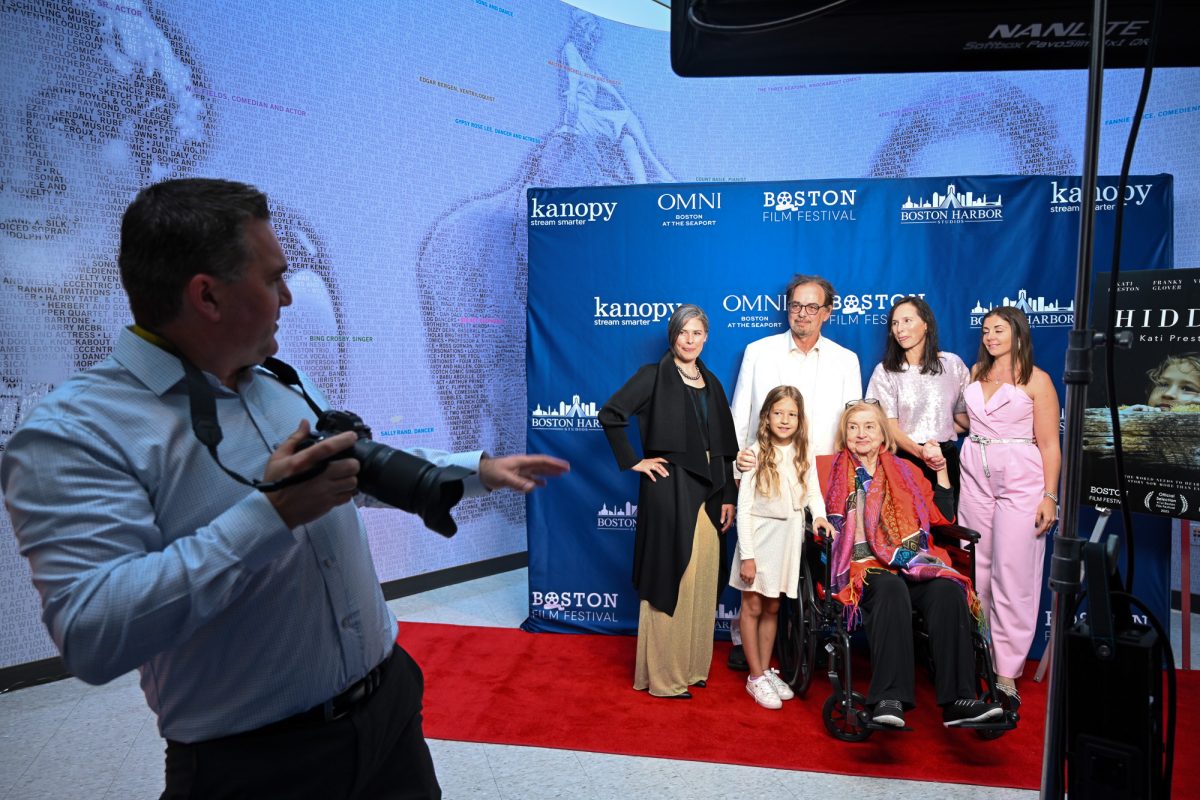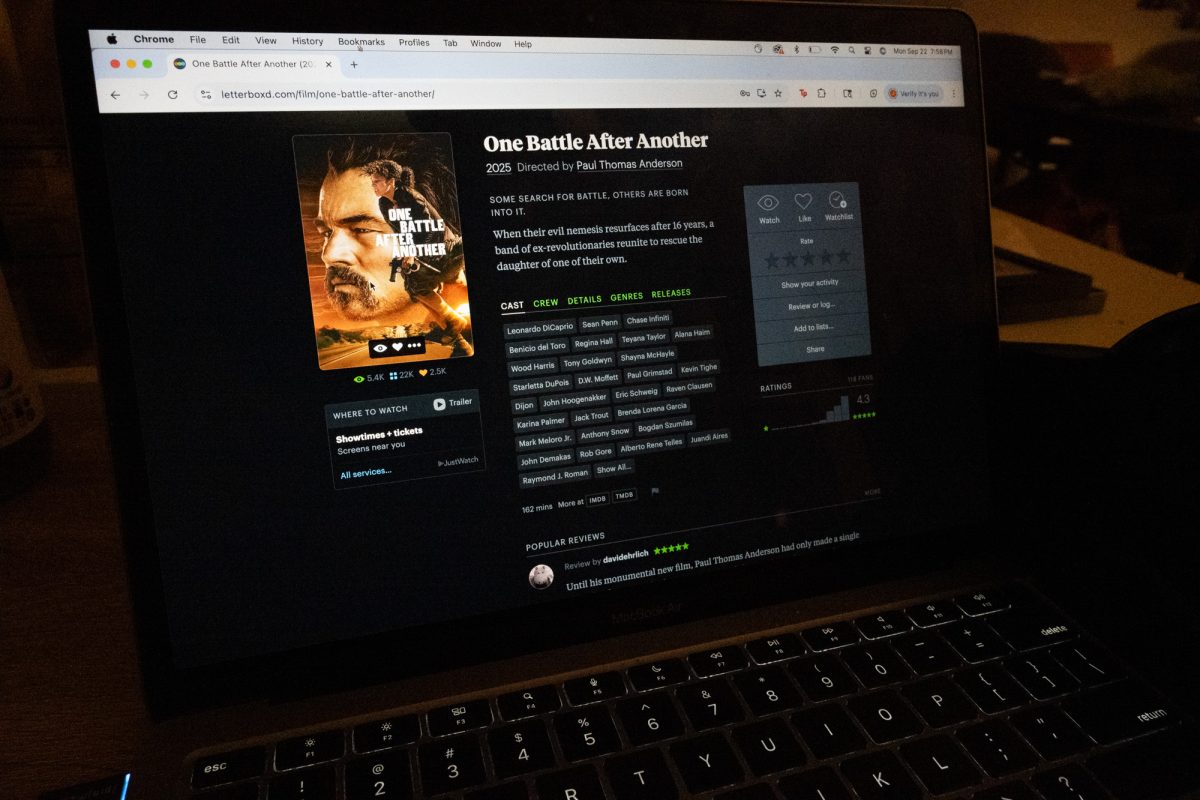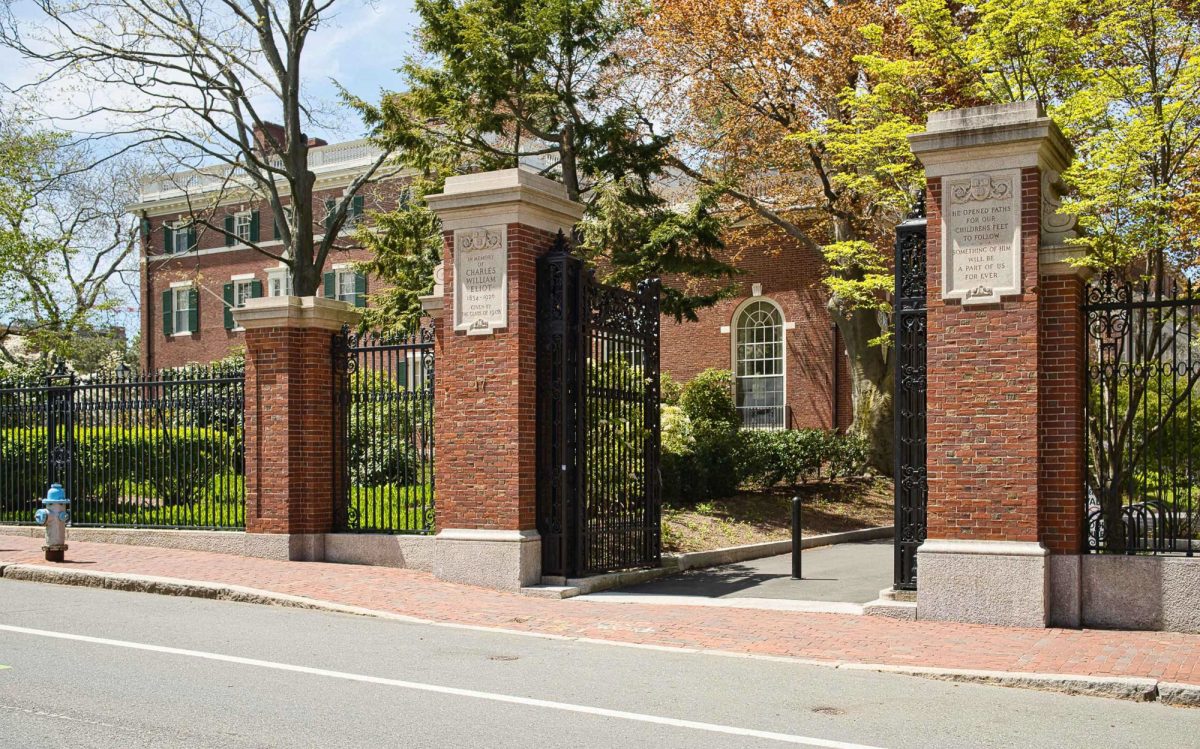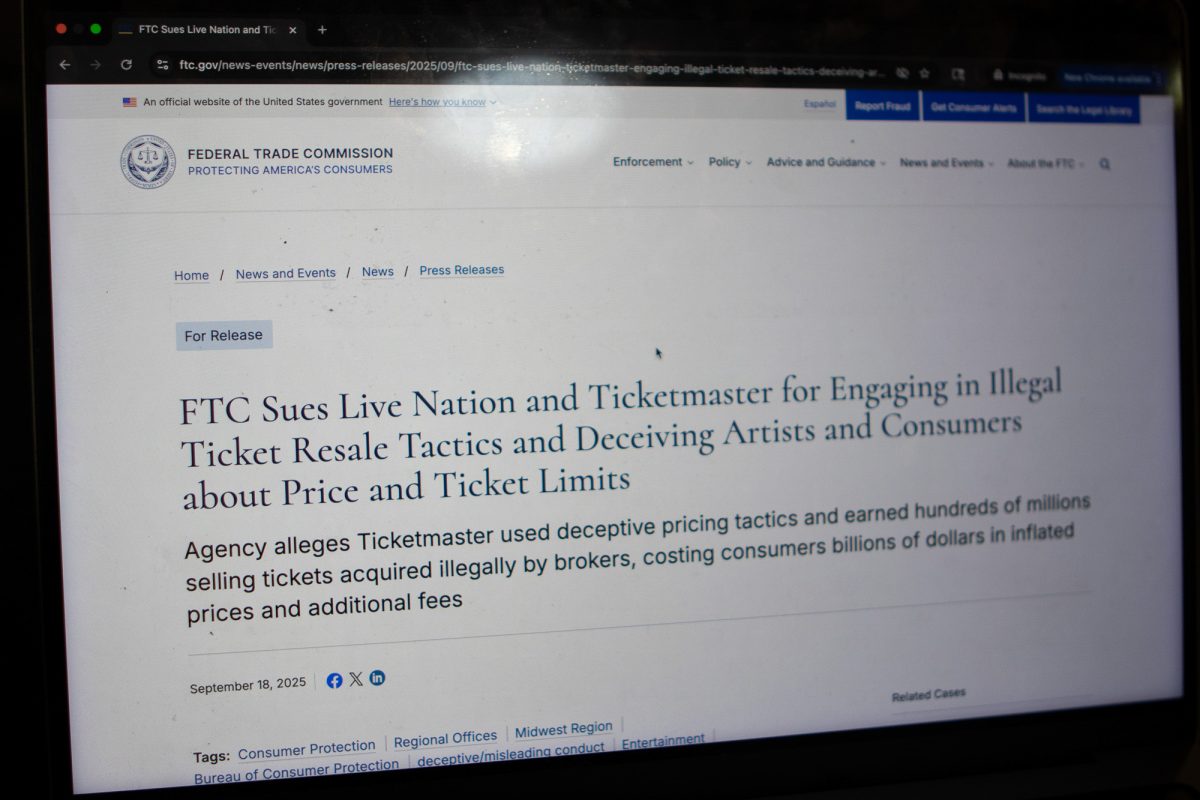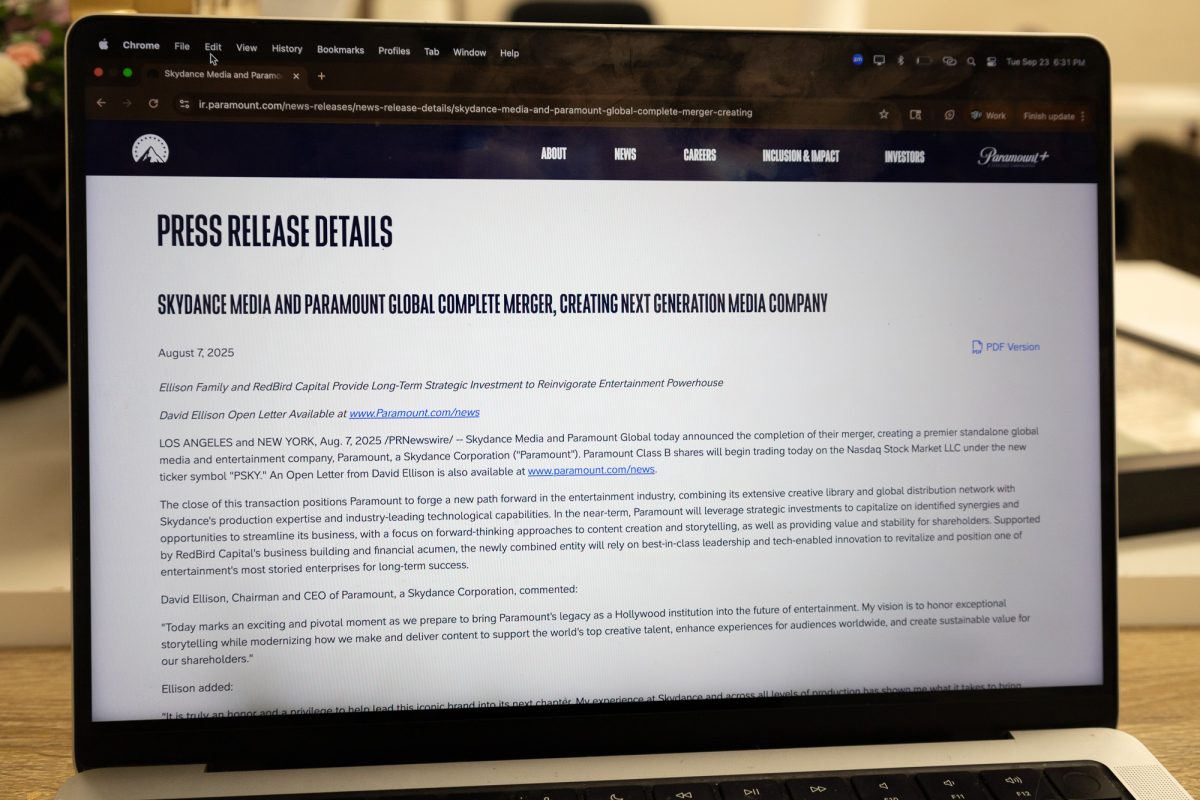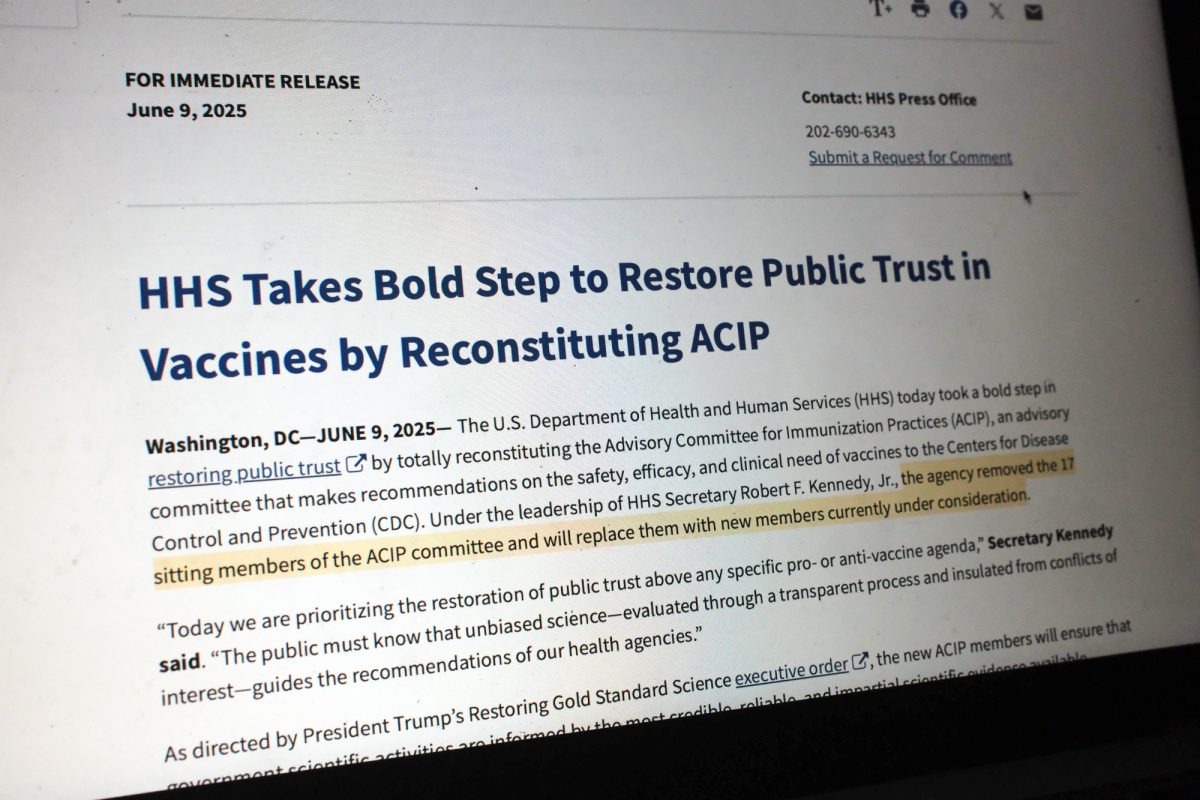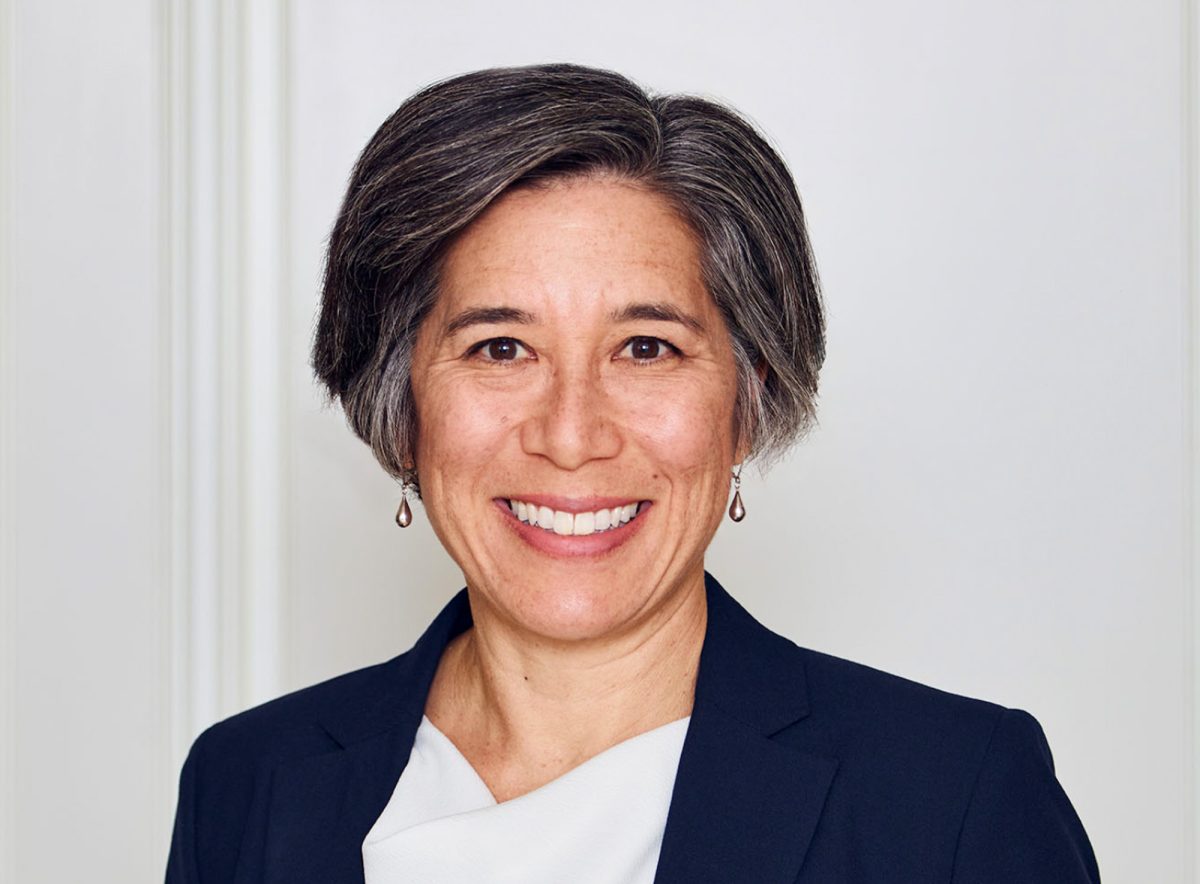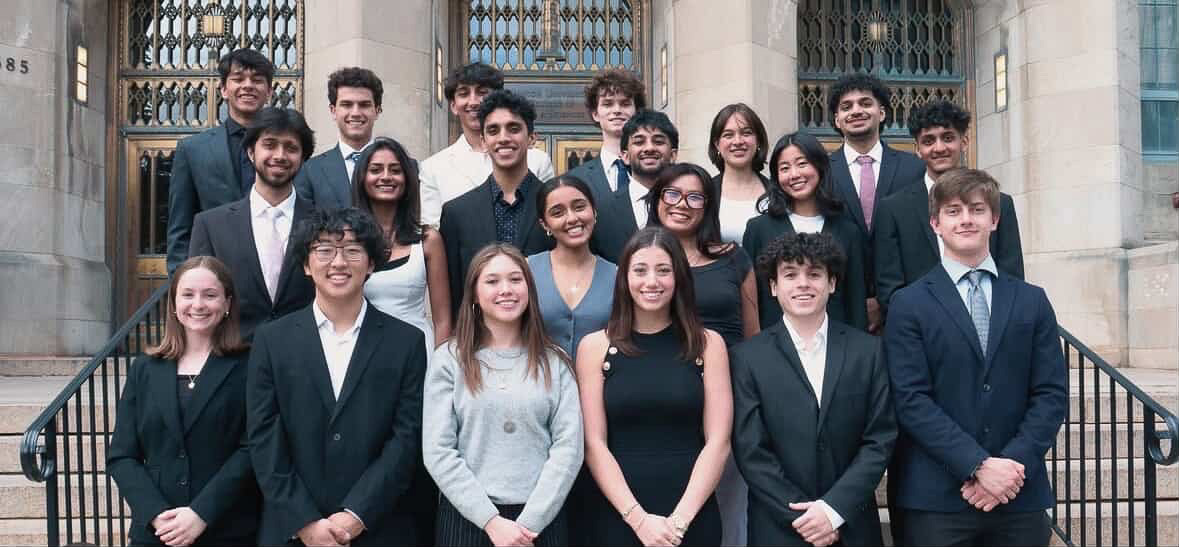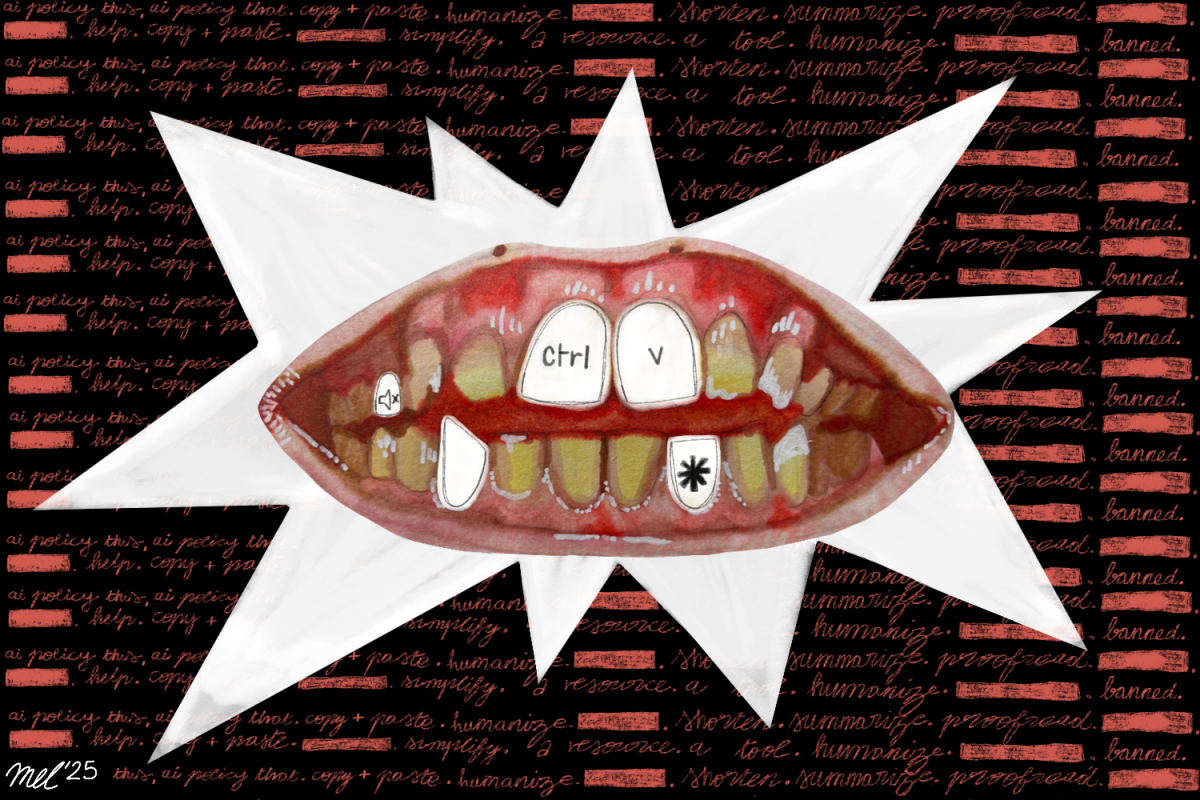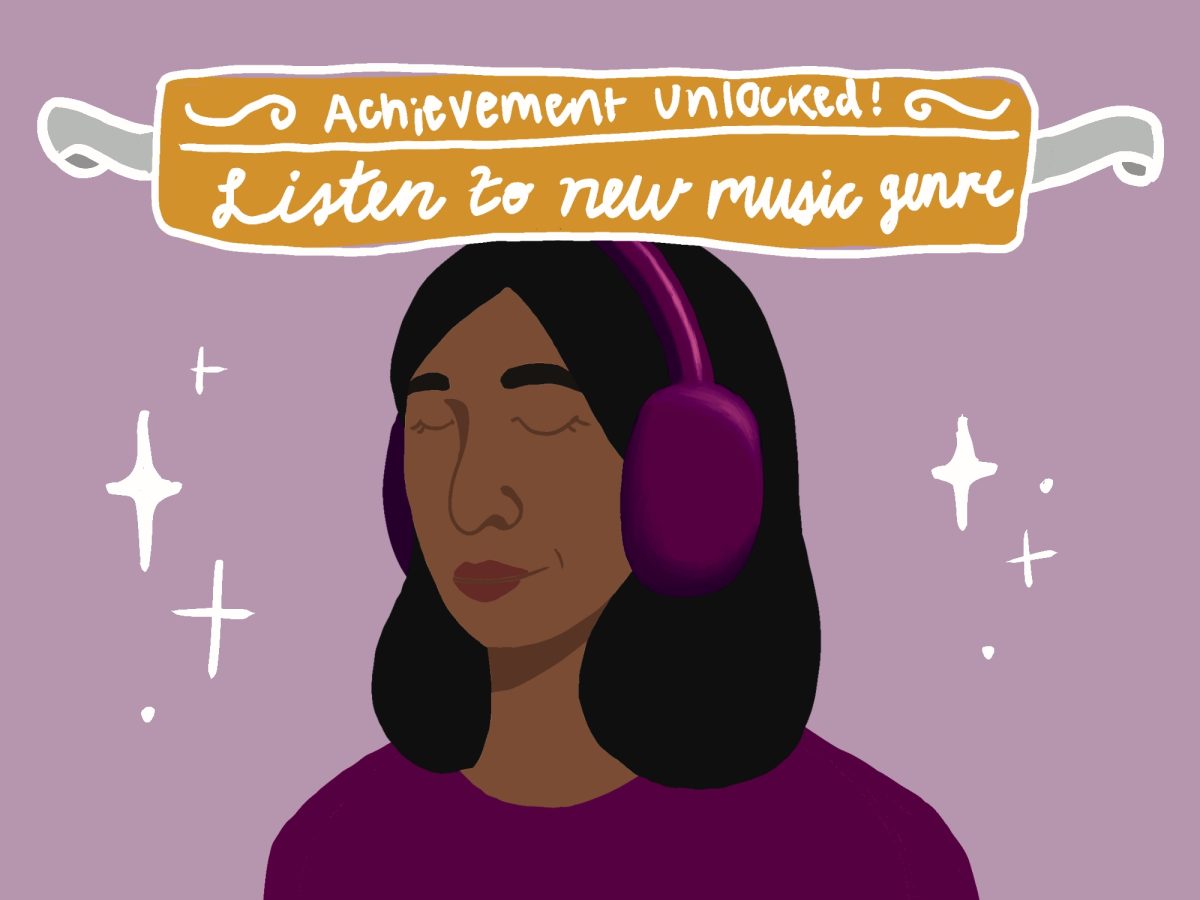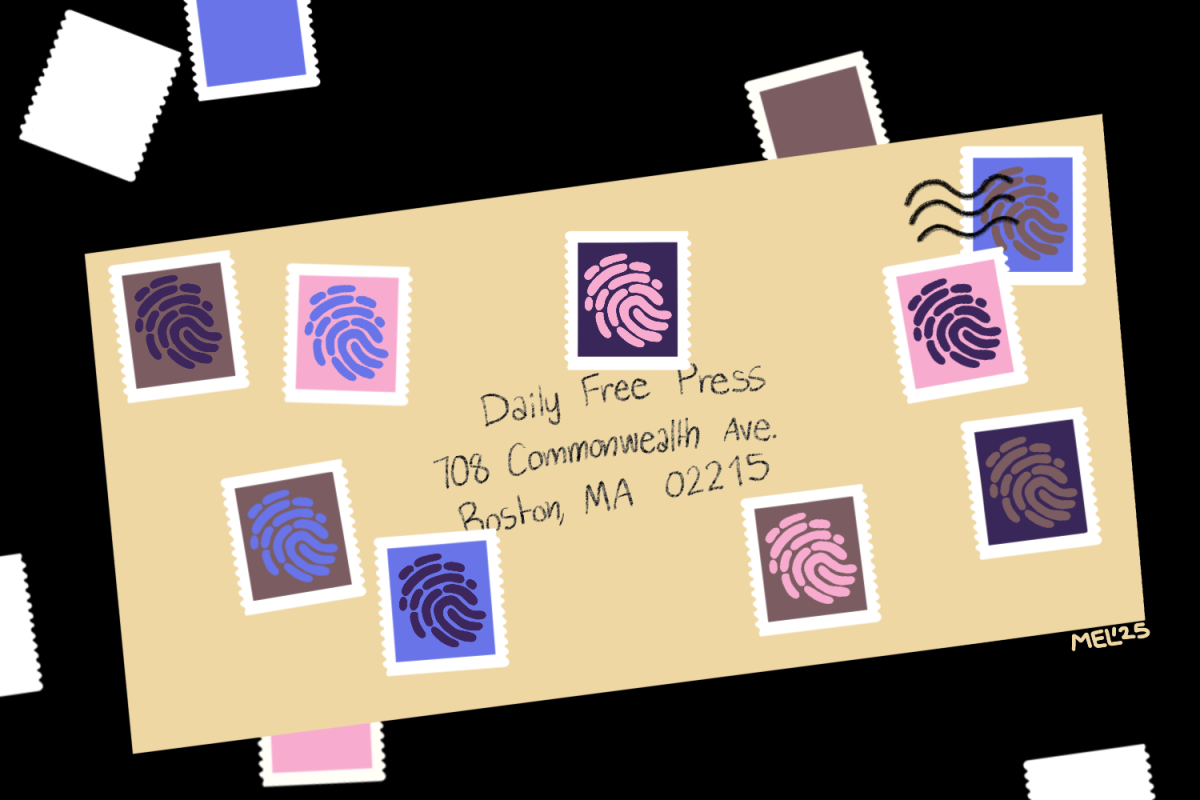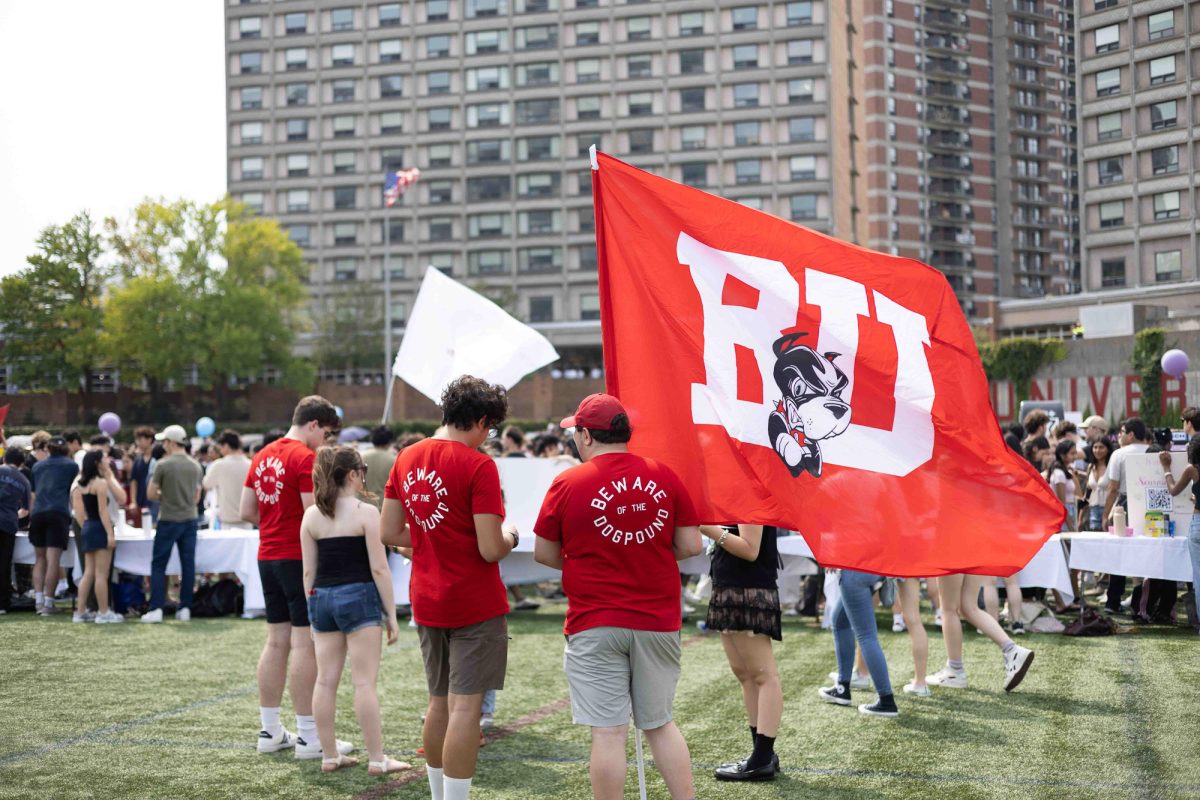After months of speculation, nervousness, restless days and sleepless nights, I finally found myself on my flight to Shanghai. Although 14 hours of uninterrupted airtime is a lot for anyone to handle, I survived the flight without issue.
My arrival in Shanghai was met with little pomp or circumstance. Shanghai Pudong International Airport, a more recent addition to the city of Shanghai, appeared almost identical to any U.S. airport I’ve been to. Signs in Chinese and English guided me to customs, then baggage claim, which I experienced without trouble.
Professor Allison Rottmann and Ms. Lisa Yu of the Boston University Shanghai program met me near baggage claim. I got the feeling we were all excited to see each other, and I was relieved to find someone who spoke English and was concerned for my well-being. We hung around the airport for another hour or so until the rest of the students in the program showed up and headed back to our dormitory.
After arriving at Tonghe International Student Housing, I was surprised by the relative luxury I was set to enjoy for the next four months. Having lived in an Allston apartment for the past semester, the personal shower, spacious living room and incredible views were a welcomed comfort. I unpacked my belongings and prepared myself for the upcoming days.
Our program orientation leader helped introduce us to the program and the city of Shanghai. We were given pay-as-you-go mobile phones that looked like something out of an early season of “The Wire,” though at this point, I was just glad to be able to call home. We arrived amidst the coldest stretch of days Shanghai has seen all year, so our campus tour was marred only by an onslaught of snowflakes. We took our shelter at a local restaurant whose name literally translated to “Really Good Seafood.” We sampled a number of local delicacies, including dumplings, specially cooked shrimp and mushrooms, deciding that the restaurant was aptly named.
Another early highlight was a group venture to Chinese Wal-Mart. Though the interior of this Wal-Mart looked more like Super-88 on Brighton Avenue than any American Wal-Mart I’ve been to, I found that the four-story complex had everything my American heart could desire. Our group stocked up on mattress pads, soap, slippers, dragon fruit, laundry detergent and anything else we thought would help increase the comfort of our living situation.
There are some differences between living in America and Shanghai that I realized fairly early into my time here. The prevalence of the Chinese language is a difference that seemed obvious but still has a somewhat large impact — it has been an amazing experience seeing the characters I studied on note cards only a week before being used on street signs, restaurant windows and billboards.
Another interesting difference is the architecture of the city. The streets look distinctly Chinese in a way that is hard to describe. Nicer buildings have marble ledges out front, appealing to my inner skateboarder. The buildings themselves are often far different from traditional American rectangles. Classical Chinese values often manifest themselves in the design of buildings, whether as a pagoda-like classroom building or a seemingly Taoist skyscraper. The buildings themselves are never heated to the level we are accustomed to in Boston, forcing us to wear our jackets indoors. Professor Rottmann told us that though proper heating technology is available, the Chinese try and minimize their use of electricity by refraining from overusing the heat.
Though there are a few obvious differences between Shanghai and American cities such as Boston, at their core, these cities are inherently similar. Though street signs are often written only in Chinese, I can often determine their meaning by the shape of the sign or the context of the situation. The more Chinese I learn and the more I converse with native speakers, the more I realize that English phrases often have their Chinese equivalents and vice versa. For example, as I left Family Mart (the Chinese equivalent of 7-11) this morning, I was certain the cashier said, ‘Thank you, come again” to me in Chinese. Basic exchanges like this reinforce my belief that our cultures are not as different as they are made out to be.
Another similarity I noticed is the public transportation system. Though I’ve only taken the bus once, the bus ride was eerily similar to my experiences taking the MBTA’s 57-bus home from class in Boston. People crowded in the bus, talking to each other in Chinese, English and a few other dialects.
I remarked to our RA Zhang Liang that taking the bus in China was very similar in the United States. He responded to me, “Well, they all have four wheels, right?”
This weekend we will travel to Beijing, the political and pollution capital of modern China. I can’t wait to experience more of this country!
Tate Gieselmann is a College of Arts and Sciences junior studying abroad in China. He can be reached at [email protected].

